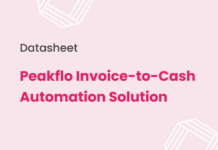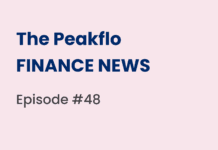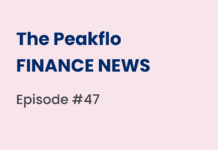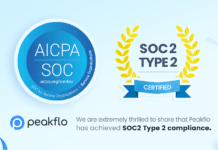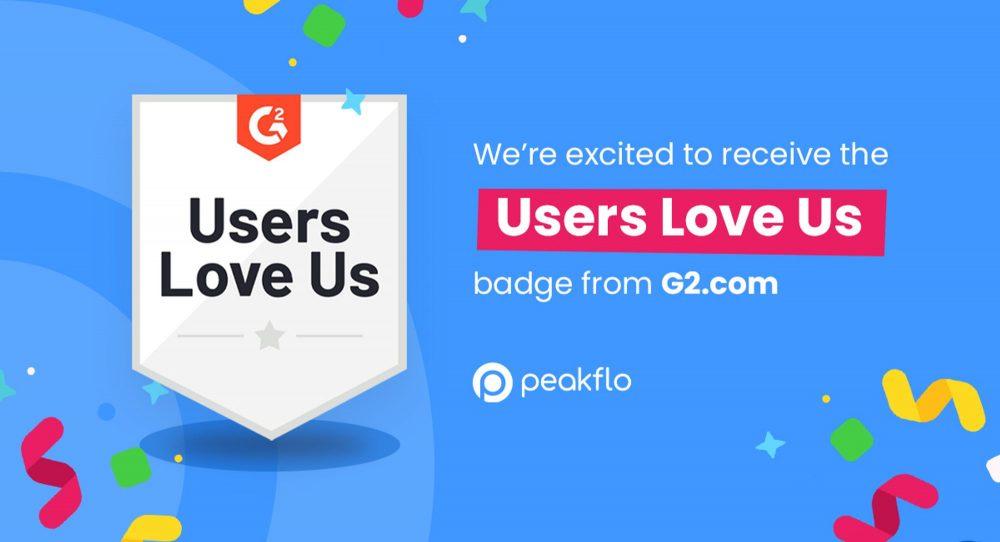In B2B transactions, maintaining healthy cash flow is critical. Companies rely on timely payments to keep operations running smoothly, invest in growth, and meet financial obligations. However, late payments and unpaid invoices are common challenges that can disrupt this flow. B2B debt collection, the process of recovering outstanding payments from other businesses, is essential for financial stability.
This blog explores the importance of B2B debt collection, effective strategies, and best practices to ensure a successful recovery.
Understanding B2B Debt Collection
B2B debt collection differs significantly from consumer debt collection. While consumer collections often involve individuals with varying financial situations, B2B collections deal with other businesses, each with its own financial obligations, payment processes, and credit terms. The stakes are higher, as unpaid invoices can significantly impact a company’s cash flow, potentially leading to financial distress.
B2B debt collection requires a delicate balance between maintaining a positive business relationship and enforcing payment terms. Companies must navigate these challenges while ensuring they recover what’s owed to them.
The Importance of B2B Debt Collection
- Cash Flow Management: Effective debt collection ensures that cash flow remains steady, enabling businesses to meet their financial obligations, invest in growth, and avoid unnecessary borrowing.
- Financial Stability: Unpaid invoices can create a ripple effect, leading to financial instability. A well-executed collection strategy helps mitigate this risk and maintains financial health.
- Customer Relationship Management: While collecting debts is crucial, preserving the customer relationship is equally important. Businesses must approach debt collection professionally and tactfully to avoid damaging long-term relationships.
- Legal Compliance: B2B debt collection is subject to various laws and regulations, depending on the jurisdiction. Adhering to these legal requirements is essential to avoid legal disputes and potential penalties.
Common Challenges in B2B Debt Collection
B2B debt collection is not without its hurdles, and many businesses encounter difficulties when clients fail to pay their invoices on time. These delays can severely impact cash flow and arise from various factors, including
- Financial Difficulties of the Debtor Company: Often, the debtor company itself may be struggling financially, leading to delays or inability to settle outstanding invoices. This situation can complicate collections, as the debtor may prioritize other obligations over your payments.
- Invoice Disputes: Disagreements over the accuracy or legitimacy of invoices are common challenges. Whether it’s a question of incorrect billing, misunderstandings regarding the services provided, or disputes over the terms, such issues can lead to payment delays. Resolving these disputes quickly and amicably is essential to ensure that payments are made promptly.
- Difficulty Establishing Direct Contact: Establishing direct communication with the debtor can be challenging, especially when dealing with companies that have multiple offices or branches. The complexity of larger organizations can create barriers to timely communication, making it harder to resolve payment issues.
- Balancing Debt Collection Approaches: Another challenge businesses face is determining the most effective way to approach debt collections. Some debtors may respond better to a gentle reminder, while others require a more assertive approach. Striking the right balance is crucial to maintaining a positive business relationship while ensuring timely payments.
Addressing these challenges requires a strategic approach tailored to each debtor’s unique situation. By understanding the root causes of payment delays and adopting flexible yet firm collection strategies, businesses can improve their chances of recovering outstanding debts while preserving valuable client relationships.
8 Key Strategies for Faster B2B Debt Collection
1. Clear Payment Terms and Policies
Establishing clear payment terms and policies upfront is the first step in preventing late payments. These terms should be outlined in contracts and invoices, specifying payment due dates, accepted payment methods, and consequences of late payments. By setting expectations early, businesses can reduce misunderstandings and disputes later on.
2. Regular Communication
Maintaining open and consistent communication with clients is crucial for successful debt collection. Regularly sending reminders before and after the due date can prompt timely payments. Businesses should also follow up promptly on overdue invoices with polite but firm reminders. Multi-channel reminder automation can help streamline this process, ensuring that no invoice slips through the cracks.
3. Offer Payment Plans
In cases where a client is unable to pay the full amount upfront, offering a payment plan can be a viable solution. Payment plans allow clients to settle their debts over time, reducing the risk of non-payment. This approach demonstrates flexibility and a willingness to work with the client, preserving the business relationship while ensuring payment.
4. Early Intervention
The sooner a business addresses an overdue invoice, the higher the chances of successful collection. Waiting too long can decrease the likelihood of recovery as the client’s financial situation may deteriorate. Early intervention involves contacting the client, discussing the overdue payment, and finding a solution for both parties.
5. Professional Debt Collection Agencies
When internal efforts to collect a debt are unsuccessful, engaging a professional debt collection agency may be necessary. These agencies specialize in recovering outstanding debts and have the expertise and resources to handle difficult cases.
6. Legal Action
As a last resort, legal action may be necessary to recover a debt. This option should be considered carefully, as it can be costly and time-consuming. Additionally, taking legal action can strain or sever the business relationship. Before pursuing this route, businesses should assess the likelihood of success and the potential impact on their reputation.
7. Credit Management
Implementing a robust credit management system can help prevent debt issues before they arise. This includes conducting thorough credit checks on potential clients, setting appropriate credit limits, and regularly reviewing the creditworthiness of existing clients. By proactively managing credit, businesses can minimize non-payment risk and improve their financial stability.
8. Negotiation and Settlement
In some cases, negotiating a settlement may be the most practical solution. This involves agreeing with the client to pay a reduced amount in exchange for settling the debt. While this may result in a loss of some revenue, it can be a faster and more cost-effective way to recover funds than pursuing legal action.
Best Practices for B2B Debt Collection
1. Document Everything
Maintaining thorough documentation of all communications, invoices, contracts, and payment agreements is essential in B2B debt collection. This documentation provides a clear record of the transaction and can serve as evidence during a dispute or legal action.
2. Maintain Professionalism
Debt collection can be a sensitive issue, but it’s important to approach it with professionalism and respect. Aggressive tactics can damage the business relationship and harm the company’s reputation. A professional and courteous approach, even in difficult situations, can lead to better outcomes.
3. Know the Law
Understanding the legal framework surrounding B2B debt collection is crucial. Different jurisdictions have varying regulations regarding debt collection practices, and businesses must ensure compliance to avoid legal repercussions. This includes being aware of the statute of limitations for collecting debts, which varies by region.
4. Use Technology
Leveraging technology can enhance the efficiency and effectiveness of B2B debt collection. Automated invoicing, payment tracking, and reminder systems can help streamline the process and reduce the likelihood of errors. Additionally, data analytics can provide insights into payment trends and client behavior, allowing businesses to make informed decisions about credit and collections.
Peakflo offers out-of-the-box and accurate AI reports to help your finance team predict your company’s cash flow, and customer payment behavior and monitor customers at risk of changing payment behavior.
5. Monitor and Review
Regularly reviewing the effectiveness of your debt collection strategy is important for continuous improvement. This includes analyzing key metrics such as the average collection period, recovery rates, and the impact on cash flow. By monitoring these indicators, businesses can identify areas for improvement and adjust their approach as needed.
Closing Thoughts
B2B debt collection is a critical aspect of maintaining financial stability and ensuring the success of any business. By using a combination of strategies businesses can effectively manage their debt collection processes. While the process can be challenging, a proactive and professional approach can help recover outstanding payments faster.
Peakflo’s Payment Reminder Automation is designed to accelerate B2B collections and reduce DSO by at least 15 days. These reminders are customizable, allowing businesses to set specific schedules for sending gentle nudges before and after payment due dates.
By automating this process, Peakflo helps reduce the likelihood of overdue invoices slipping through the cracks. It improves cash flow and reduces the manual effort involved in B2B debt collection. This streamlined approach not only speeds up collections but also allows businesses to maintain positive relationships with customers.



























